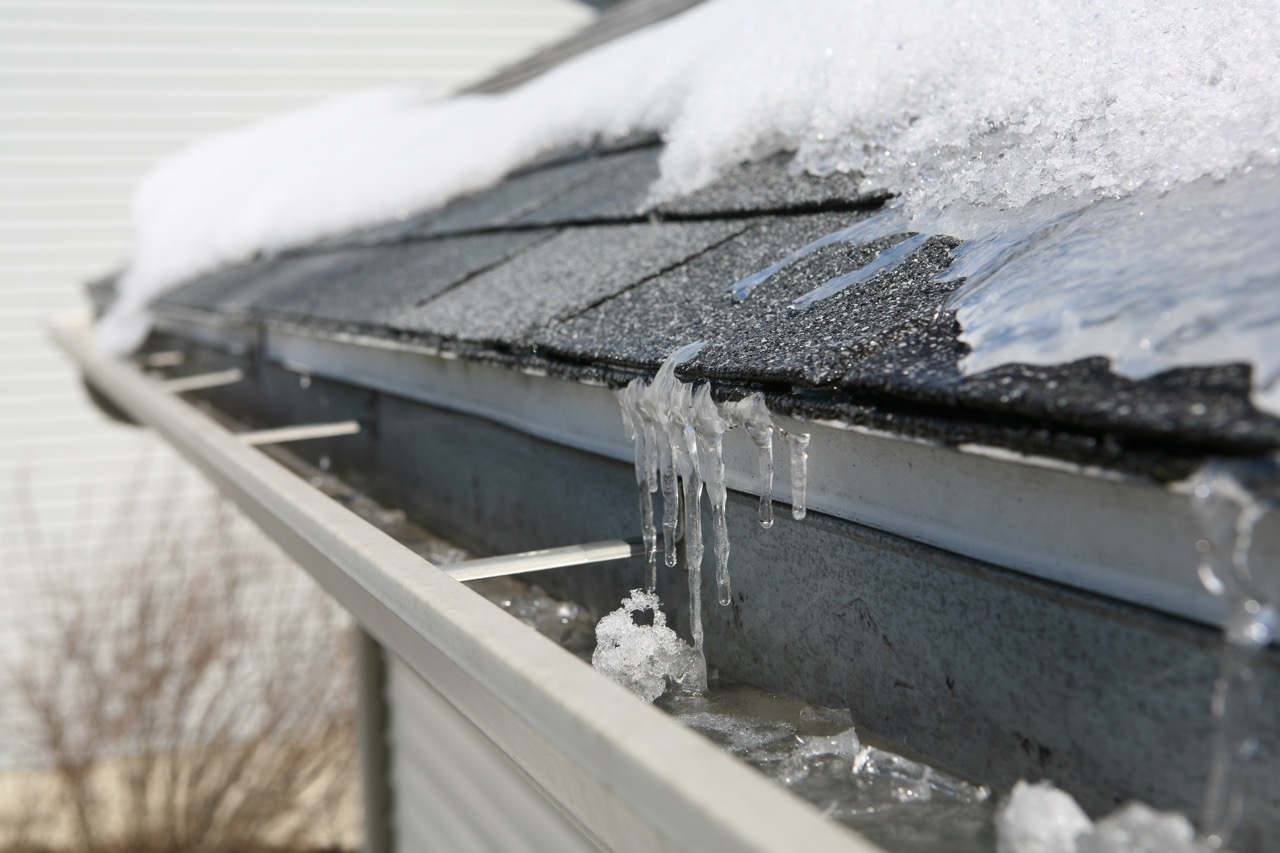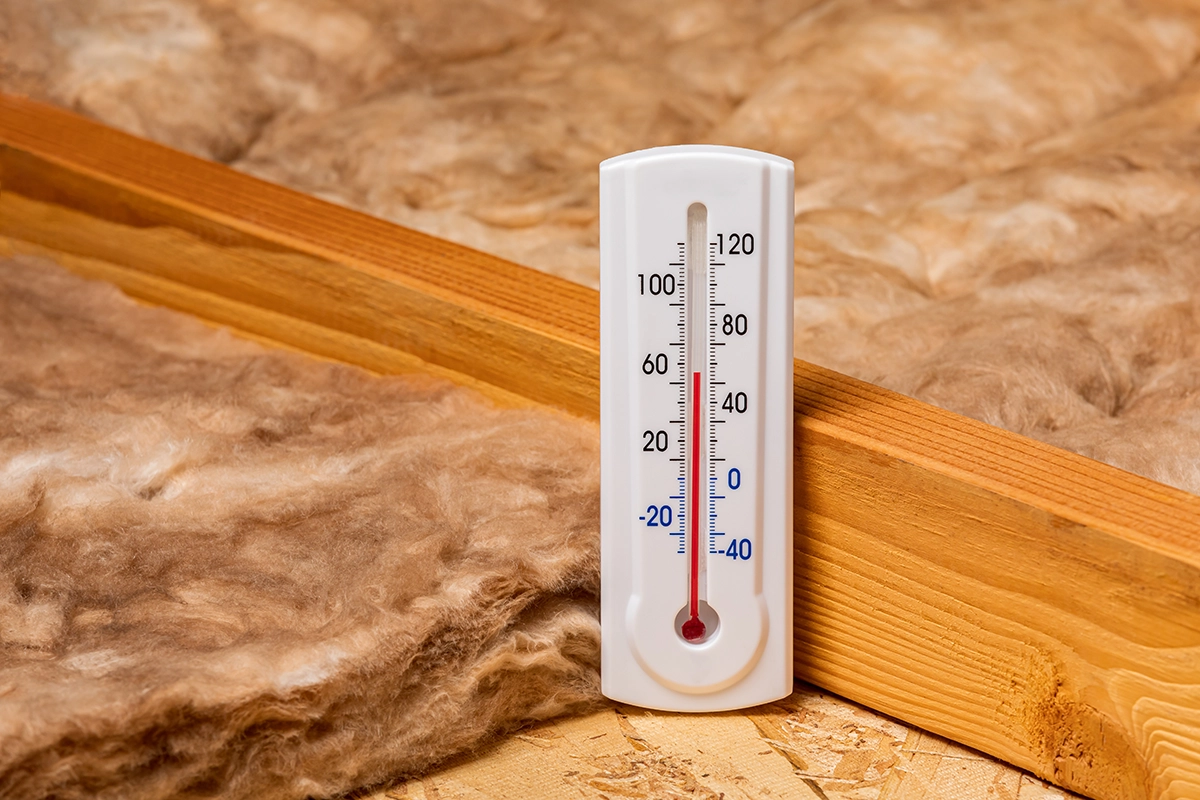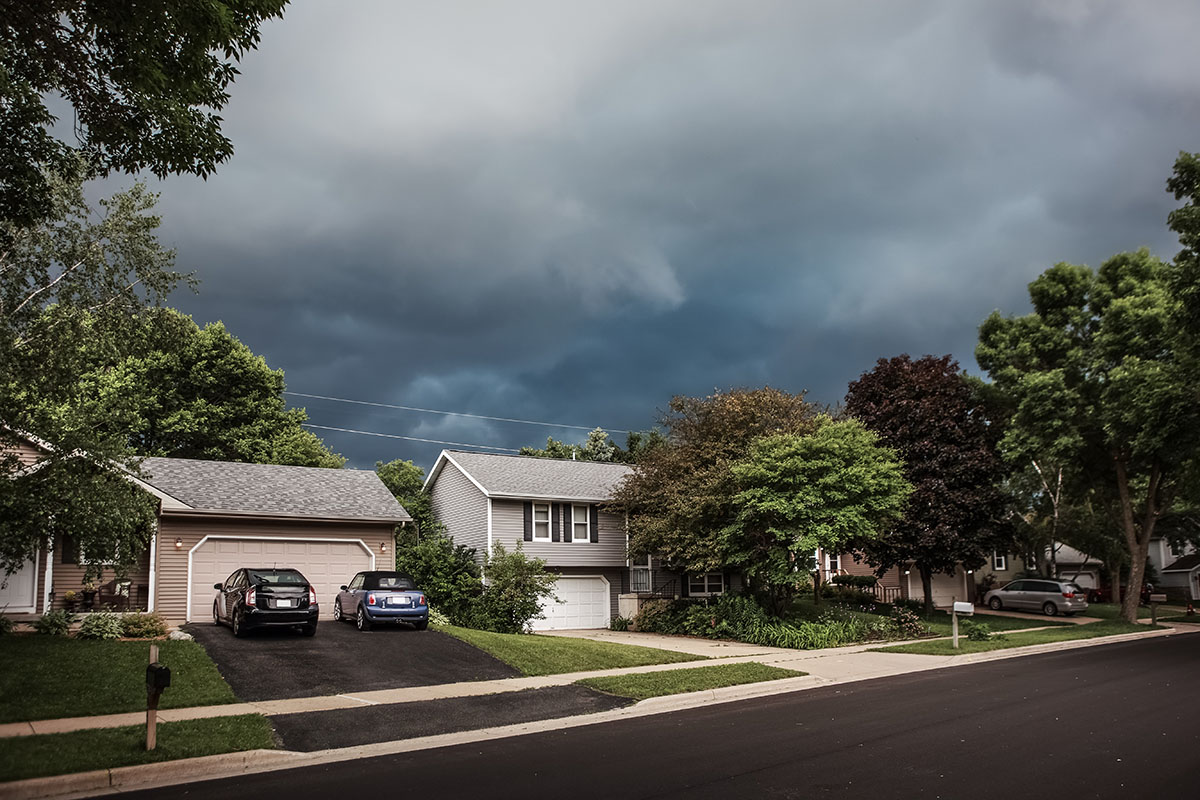Summary
Your home’s gutters are an important part of your home’s protective system against the elements. After all, your gutters are responsible for safely transporting water from your roof, away from your home, and into the ground. Needless to say, damaged gutters should be replaced as soon as possible.

Steps to Install Replacement Gutters
You may have already settled on installing gutters yourself, which is why you’ve decided to read this guide. Although not a traditional DIY project for the handy homeowner, it is still possible so long as you are careful and precise. Follow these steps carefully to help you install your gutters:
* Note: Work safe. Always make sure you place the ladder on solid, even ground. Never lean without the proper support to avoid falling. Always work in pairs or more, with one person on the ground in case of emergencies.
1. Accurately Measure Your Roof
– Before you learn how to install gutters, you’ll need to accurately measure your roof. Gutter systems must run the entire length of your roof. Carefully climb up a ladder and use a measuring tape to get an accurate measurement. This will tell you how much gutter you’ll need to purchase. Likewise, this measurement will also tell you how many downspouts you need. Lengths over 40 feet will require you to install two downspouts, one at each end of the gutter.
2. Mark Points of Downward Slope
– Gutters may look like they are attached completely straight, but they are actually following a downward slope. This is to allow water to move straight into the downspout and prevent water from pooling. Use chalk to mark the fascia to indicate where the downward slope will be. For every 10 feet, you’ll need to lower the gutter by ¼ of an inch. For example, a 30-foot gutter will have its drops at ¼ inch, ½ inch, and ¾ inch to ensure proper flow of water.
3. Attach the Downspout Outlet
– Once you’ve bought all the necessary materials, you’ll need to mark where the downspout will be. Use the downspout outlet you’ve purchased to mark and trace where you’ll be attaching it. When you’re ready to cut out the shape of the outlet, start off with a hammer and chisel to create a V-shaped hole. This will make it easier to cut the rest of the opening properly with a pair of tin snips. Carefully attach the outlet into the hole you’ve cut and apply silicone gutter sealant to waterproof the section.
4. Cut Your Gutters Based on the Slope Markers
– In many cases, you’ll end up purchasing gutters that are a little too long to be mounted on your home as is. You’ll have to cut your gutters to match the length of your roof. Use a hacksaw to carefully cut your gutters into the appropriate lengths based on the measurements you had taken beforehand. Always cut your gutter on a flat surface to ensure you get a clean and straight cut with a hacksaw. If you need more precision around smaller cuts, switch to some heavy duty wire snips.
5. Mount the Supports and Your New Gutter
– Start by attaching the gutter’s fascia brackets by drilling a ⅛ inch pilot hole. These pilot holes should be located at the downward slope points mentioned earlier. After you’ve made the pilot holes, use ¼ inch stainless steel lag screws that are at least two inches long to secure the fascia brackets into place. If you are having trouble getting the screws in due to the hardness of the fascia, try applying soap to the stainless steel lag screws. Once everything is in place, lay your new gutters into the fascia brackets.
6. Attach the Downspout
– When all the gutters are put into place, you’ll need to attach the downspout. Simply screw the actual downspout onto the gutter outlet you’ve attached earlier. When attaching the downspout, make sure that the end points directly towards nearby drainage to avoid flooding in your garden, lawn, or driveway. Once everything has been attached, apply a heavy bead of sealant to the connection seams and allow this to completely dry overnight to ensure stability.
Installation Mistakes to Avoid
The above guide may seem simple, but there are many ways to make mistakes while installing new gutters. With that in mind, here are a few installation mistakes you should avoid when performing DIY gutter installation.
- Working Alone
- – As touched upon earlier, working alone is highly discouraged. Working at a height presents many risks such as falling and slipping. Always have a friend, family member, or neighbor help you out. Your partner should be at the bottom of the ladder to hold it steady as you work to minimize the risk of falling. Having a partner on the ground also helps in the event of an accident since someone can immediately call 911 and get you proper medical attention.
- Choosing the Wrong Size of Gutter
- – It may surprise you to know that gutters come in different sizes. You’ll need to choose the appropriate size relative to your home and how much average rainfall you get in your area. Choosing the wrong size of gutter may lead to issues like overflow, which may result in damage to your home’s foundation. If you are unsure about what size of gutter to get, do not hesitate to consult a roofing contractor or at least an experienced sales representative at your local home improvement store.
- Accidentally Damaging the Gutters During Preparation and/or Installation
- – Gutters are designed to be sturdy structures. This may make gutters a little difficult to work with for DIY enthusiasts who have never worked with a gutter before. As a result, there is a risk of accidentally damaging the gutter as you try to cut it. Sometimes, measurements can be off and you find yourself with a gutter that is too short. In such cases, work at a slow and steady pace to ensure you get the results you want.
Overall, installing gutters yourself can be a difficult process, one where many things can go wrong. Furthermore, improper installation can easily eat up into whatever money you were able to save by installing your gutters on your own. With all of this in mind, you may want to leave gutter installation to experienced contractors like Muller Exteriors.







